1. More Coworking Spaces Are Popping Up
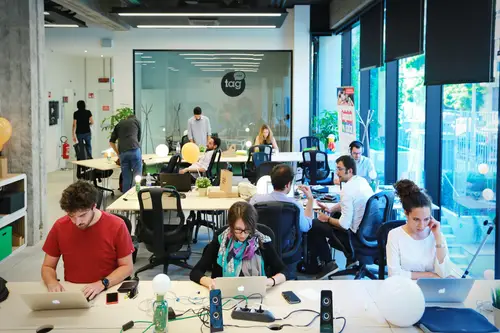
Cities across the U.S. are seeing a boom in coworking spaces. Remote workers need places that are productive, professional, and flexible, so traditional office spaces are being supplemented with shared environments. These spaces often offer amenities like high-speed internet, meeting rooms, and networking events. Cities like Austin and Denver are leading the way in making coworking hubs accessible and affordable.
The rise of coworking isn’t just about convenience—it’s about community. Many remote workers miss the social interactions of an office, and coworking spaces provide that human connection. They also allow small businesses or solo entrepreneurs to have a professional address without signing a long-term lease. This model is helping cities keep talent local while meeting modern work needs.
2. Public Wi-Fi Expansion
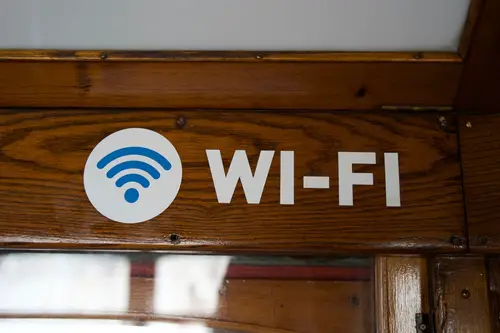
Urban centers are installing free or low-cost public Wi-Fi in parks, plazas, and transit areas. As remote work becomes more location-flexible, employees need reliable internet outside of home. Cities like San Francisco and New York are investing heavily in making public spaces digitally connected. This allows workers to turn a bench in a park into a temporary office.
Public Wi-Fi isn’t just about productivity—it’s about inclusivity. Not everyone has fast internet at home, so this levels the playing field. It also encourages people to explore their city while staying productive. Over time, it can help boost local businesses near these hotspots as remote workers grab coffee or lunch nearby.
3. Rethinking Zoning Laws
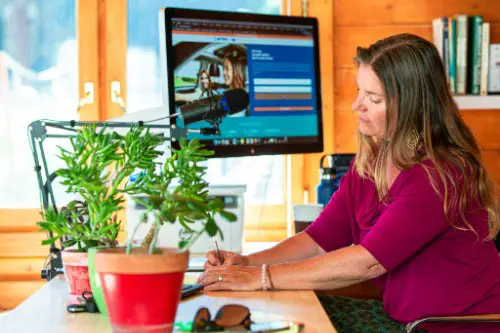
Some cities are loosening zoning restrictions to allow for more flexible housing and work options. Traditional zoning often separates residential, commercial, and industrial areas, making it hard for remote workers to live and work comfortably. Cities like Portland are experimenting with mixed-use developments. These developments combine apartments, offices, and retail spaces in one area, reducing commute stress for residents.
Mixed-use zoning also fosters community engagement. Remote workers can interact with neighbors, shop locally, and attend events without leaving their neighborhood. It creates a sense of place, which is especially valuable when people aren’t going to a traditional office. For city planners, it’s a way to keep neighborhoods vibrant and economically healthy.
4. Micro-Apartments and Flexible Housing
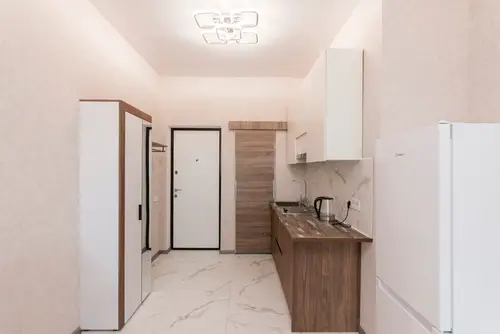
To accommodate remote workers, some cities are embracing smaller, more affordable apartments. Micro-apartments allow people to live close to city centers without paying high rent. These units often include shared amenities like coworking rooms, gyms, or communal kitchens. Cities like Seattle and Boston are seeing a rise in this type of development.
The appeal isn’t just financial—it’s practical. Remote workers may not need large spaces, but they want functional areas that double as offices. These housing options encourage urban living while supporting flexible work lifestyles. Developers are realizing that smaller spaces with smart design can be just as desirable as traditional apartments.
5. Transit Overhauls
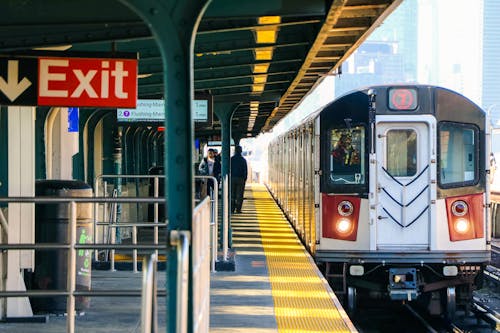
Public transportation systems are adapting to new commuting patterns caused by remote work. Fewer people are traveling during traditional rush hours, so cities are adjusting schedules and routes. For example, Chicago has experimented with more frequent midday trains to match flexible work schedules. Some cities are even exploring on-demand transit services to connect residential areas with coworking hubs.
These changes also support sustainability. Fewer peak-hour commuters mean less congestion and lower emissions. Remote workers benefit from smoother travel when they do need to go into the office or attend meetings. Cities are realizing that flexible transit is a selling point for attracting talent.
6. Outdoor Work-Friendly Spaces
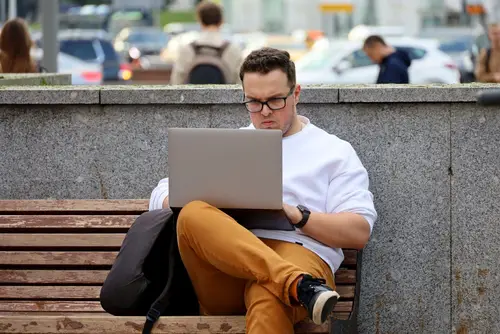
Urban planners are designing parks and plazas that double as work-friendly zones. Power outlets, shaded seating, and fast Wi-Fi make it possible to take a laptop outdoors comfortably. Cities like Los Angeles and Miami are expanding these spaces to encourage working in green environments. This approach combines wellness with productivity.
It also keeps downtowns lively even if fewer people are in traditional offices. People are more likely to shop, eat, or grab coffee nearby while working outside. Remote workers enjoy the mental boost of fresh air and sunlight. For cities, it’s a subtle way to keep public spaces active and economically vibrant.
7. Incentives for Tech Companies
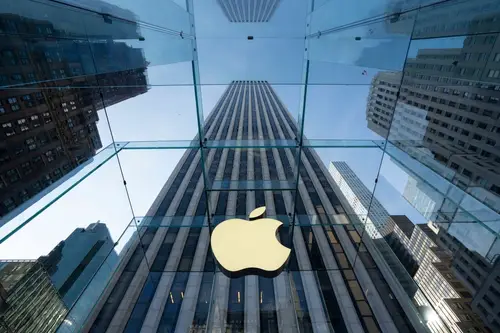
Some cities are offering tax breaks or grants to attract remote-friendly tech companies. If firms set up local offices or hubs, it creates infrastructure for remote employees. Cities like Raleigh and Salt Lake City have rolled out incentives to grow tech ecosystems. This approach keeps the workforce local and brings jobs into the urban economy.
Remote work can otherwise hollow out downtowns, so city leaders want to balance flexibility with economic growth. Attracting tech companies helps maintain a tax base and supports local services. It also positions cities as modern, forward-thinking destinations for talent. Ultimately, it’s a strategy to future-proof the local economy.
8. Neighborhood Pop-Ups and Activations
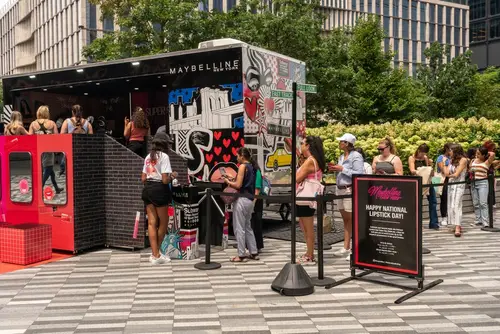
Cities are investing in temporary activations like pop-up parks, cafes, and outdoor meeting pods. These short-term setups give remote workers dynamic spaces to work without committing to a long-term lease. New York and San Francisco have embraced pop-up parks with Wi-Fi and seating. They’re small investments with big lifestyle payoffs.
These activations make urban life more engaging and flexible. Remote workers can explore new areas while still staying productive. Pop-ups also support local vendors and entrepreneurs. This trend shows that cities are thinking creatively about how to integrate work into daily life.
9. Localized Food and Delivery Options
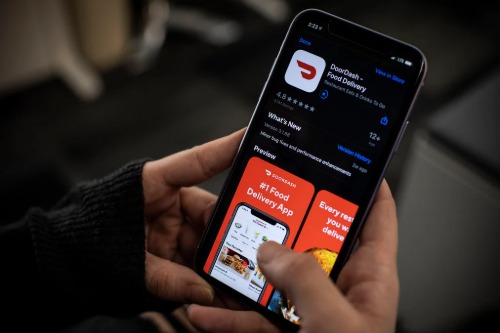
As more people work from home, cities are helping local businesses adapt with better delivery infrastructure. Apps and city-supported logistics hubs make it easier to order meals from nearby restaurants. Cities like Portland and Austin have prioritized local food systems to meet increased demand. This supports small businesses while catering to remote workers’ schedules.
It’s more than convenience—it’s economic resilience. Strong local food networks encourage residents to stay in the city rather than moving to suburbs. They also create community identity and support neighborhood vitality. Cities are realizing that food delivery and access play a surprisingly important role in remote work culture.
10. Green Building Initiatives

Cities are requiring or encouraging offices and apartments to follow green building standards. Remote workers want spaces that are sustainable and energy-efficient, whether at home or in shared offices. LEED-certified buildings or energy-efficient retrofits are becoming more common in places like Denver and Chicago. This trend supports climate-conscious living while attracting eco-minded talent.
Green buildings also reduce utility costs, which matters for small businesses or remote workers renting space. Cities benefit from a smaller carbon footprint and healthier urban environments. Energy-efficient designs often include natural light and better air quality, improving productivity. It’s a win-win for workers and municipalities alike.
11. Improved Mental Health Resources

Recognizing isolation among remote workers, cities are offering more mental health services. Programs include counseling centers, community workshops, and digital wellness initiatives. Cities like San Diego and Boston have invested in public mental health campaigns. These resources aim to counteract loneliness and burnout.
Community-based programs also help workers feel connected despite working remotely. Peer support groups, meditation classes, and accessible therapy options are growing in number. They contribute to a happier, healthier workforce. Cities are starting to see mental wellness as part of economic vitality.
12. Broadband Expansion in Suburbs
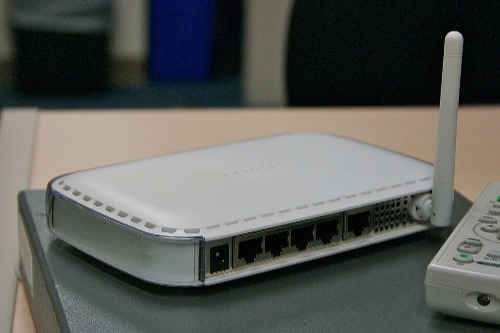
Cities are funding broadband expansion beyond traditional urban cores. As remote workers move to suburbs or exurbs, reliable internet becomes critical. Atlanta and Phoenix are examples where municipalities are investing in high-speed connections for wider areas. This ensures employees don’t need to live downtown to stay productive.
Expanding broadband also levels the playing field for small businesses in less-dense neighborhoods. People can work remotely without sacrificing quality or connectivity. It supports migration patterns without harming city tax bases. Cities are realizing infrastructure isn’t just about streets and pipes anymore—it’s digital.
13. Encouraging “15-Minute Cities”
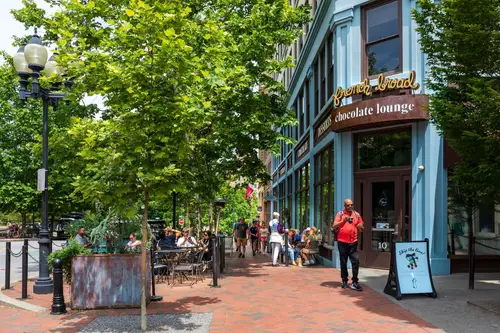
Some cities are designing neighborhoods so everything is within a 15-minute walk or bike ride. Remote workers benefit because errands, exercise, and workspaces are all close to home. Cities like Portland and Denver are experimenting with these walkable layouts. The goal is to reduce dependence on cars while improving quality of life.
This model also keeps communities tight-knit. People are more likely to interact with neighbors and frequent local businesses. Remote work can feel isolating, but proximity to essential services mitigates that. Cities are thinking holistically about health, productivity, and social cohesion in urban design.
This post 13 Ways Cities Are Changing to Keep Up With Remote Work was first published on American Charm.


